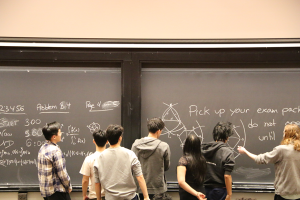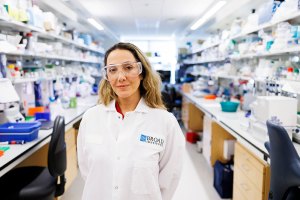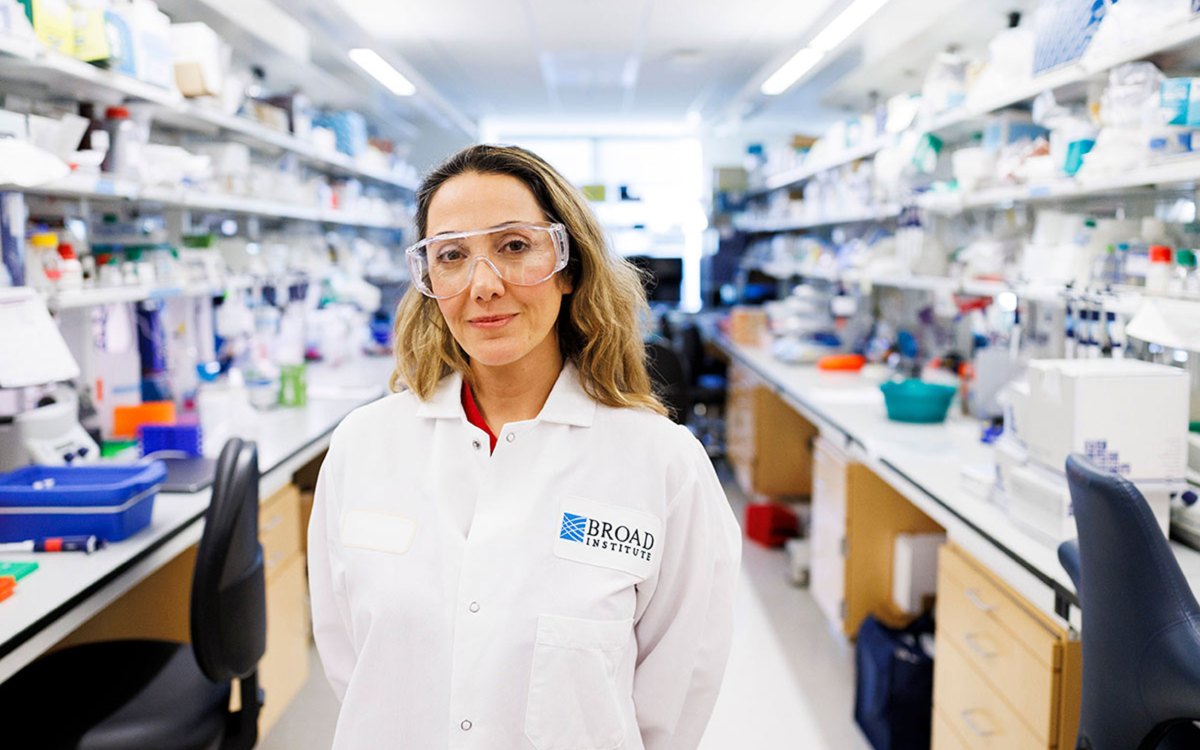Rajan Sonik hopes to cure bodies while energizing hearts and souls
Rajan Sonik arrived at Harvard four years ago aspiring to a career in science or maybe law, but a 14-year-old boy with sickle cell disease Sonik met in his sophomore year through a hospital mentoring program changed everything.
Sonik is wrapping up a bachelor’s degree in biochemistry, but he’s putting graduate school on hold for now to expand the mentoring program to New York City and to pursue the passion for social sciences it unexpectedly awoke in him.
Sonik initially volunteered for Boston Medical Center’s Strive program, which pairs college students with low-income teenagers suffering from sickle cell disease, because he enjoys working with kids. He was matched with a young Haitian immigrant from Mattapan, a gritty Boston neighborhood notorious for gang violence.
“As I got to know him more and more and the issues he was dealing with, I got more and more invested in his situation,” recalled Sonik, 22, of Sacramento, Calif. “He was having a lot of problems in math, and we met every week all through that summer. I started realizing there were systemic issues leading to why this kid was having these problems. Issues at school and home.”
To pursue his new interest, Sonik was soon enrolling in social science classes outside his major. In one, he wrote a political history of sickle cell disease that examined the troubling variability in the quality of care across the country. He also wrote a paper investigating the link between health and urban education, which remains his principal research interest.
“I was finding out it wasn’t just that poverty and poor health affected school, but the environment of urban schools affects the health of these kids,” Sonik said.
He found himself pulled deeper and deeper into the struggles of the teens he mentored through the Strive program. There’s no mistaking his enthusiasm for the volunteer work. Once he launches into the story, it comes out in a rapid-fire burst of words. He hardly comes up for air.
Tina Goff-Braman, a registered nurse in Boston Medical Center’s pediatric gastroenterology department who treated the sickle cell patients Sonik mentored, said she was continually astonished by Sonik’s seemingly boundless energy and dedication. On a couple of occasions, Sonik called her after midnight to confer about a teen facing a crisis, she recalled.
“He’s just phenomenal. I’m going to miss him. I keep telling him, ‘I need you to stay around,’” Goff-Braman said. “He put himself second and put the mentoring first. I’ve never met anybody like him. He’s just so full of energy and life and compassion.”
Last fall, the hospital honored Sonik with its “WE CARE Volunteer Recognition Award,” crediting him with tirelessly advocating for “the underserved child’s right to education, health care, and public benefits.”
Sonik won’t be around Boston Medical Center next year, but he isn’t leaving the mentoring program behind. He was awarded several fellowships to expand Strive to two hospitals and two universities in New York, which he hopes will lay the groundwork to make the program national eventually.
“I want to show that it can be replicated,” he said.
And while he works with doctors, lawyers, public health officials and politicians to create a Strive program in New York, Sonik said he’ll also be weighing which graduate or professional degrees would best help him further his research into links between health and urban education.
“I’m not going to be making zillions of dollars. I’m not going to be back in California with my family. Sometimes I think, ‘Why am I doing this?’ It comes back to those images of my mentees. It sounds corny, but that’s why I’m doing this,” he said.
Sonik even managed to tie his Harvard biochemistry studies into the volunteer work. After some initial reluctance, he persuaded a Harvard Medical School scientist to back his senior research project into a protein crucial to the abnormal binding of hemoglobin in sickle cell patients.
“I was looking at the protein that’s believed to be the binding site. If that protein could be modified, then maybe that hemoglobin wouldn’t bind there, and you’d have less severe disease,” but only if the modification didn’t interfere with normal cell function, Sonik said.
His research, which will have to be confirmed and followed-up on by other researchers, indicated such modifications in fact do not interfere with cell function.
But one of his proudest moments came last year. Sonik had taken on the responsibility of mentoring several children, including an inner-city girl with sickle cell disease who was struggling personally. One day, she came to Sonik and announced her intention to drop out of high school.
They talked and cried together, Sonik said, and eventually he persuaded her to stay in school, in part by promising to come to her graduation.
“She’s in college now. She’s an amazing person, and she’s become a really good advocate for herself,” Sonik said. “It’s allowed me to think, ‘Yes, I can make a difference.’ That’s been a huge motivation for me.”





